Deutsche Welle by Katherine Sacks
A childhood memory of half-timbered houses and cobblestone streets gets DW's Katherine Sacks to explore the charming medieval towns of the Harz Mountains - following in the footsteps of both George Clooney and Goethe.
When a friend mentioned that the Harz Mountains region - just a two-hour drive from Berlin - was similar to the enchanting medieval town of Rothenburg ob der Tauber, I immediately placed it at the top of my travel list. As a child, Rothenburg had been a favorite winter getaway for my family, and the snowy fairytale setting, with its sweet fried Schneeball pastries and toy-like holiday displays at Käthe Wohlfahrt, had become "Christmas village" to me and my sister.
My childhood imagination pictured Santa's workshop tucked down one of Rothenburg's tiny cobblestone streets, but as an adult I learned it was more probable to find massive groups of tourists on its streets. So my ears perked at the idea of an alternative - and, even better, one much closer to home.
When a free weekend opened up, I hopped into a car with my boyfriend and headed to Wernigerode, one of the Harz's main towns, hoping to find an escape from Berlin's grey winter.
Driving into town on a chilly Friday evening, we found that the region's Gothic half-timbered houses, elaborately carved wooden facades, and castle-topped hillsides are indeed charming - so much so that George Clooney made use of the area last year while filming his World War II-era drama, "The Monuments Men."
The small, narrow streets of Wernigerode are lined in cobblestone, and every once in awhile locals appear dressed in traditional garb. With some of the largest collections of preserved pre-16th-century buildings in Germany, many of the nearby towns, including Goslar and Quedlinburg, have been named UNESCO World Heritage sites.
Tasting the Harz
Wandering through Wernigerode's picturesque streets the next morning, I was immediately brought back to my childhood in Rothenburg. The tiny alleyways and structures lean into each other, and although modern shops fill the worn buildings, walking the streets also feels like a step back in time. And while January is hardly visitors' season, we did find shopkeepers surprised by our English and no sign of tourist buses trying to keep up with the fading daylight.
My Harz tip came by way of Berlin-based cheese writer Ursula Heinzelmann, who also recommended we seek out the area's Harzer Käse, an old and very traditional type of cheese. Made from the leftover sour milk of butter production, it has a pungent odor and flavor, and is popular with health conscious dieters for its low-fat, high-protein content.
We found the Harzer Käse, sold in both a hard, aged variety and a softer version with a waxy texture, in a specialty shop on Wernigerode's main shopping boulevard, Breite Strasse. In restaurants, it's served mit schmaltz - with lard mixed in and spread onto rye sourdough bread - and mit Musik, a classic dish that combines diced cheese with a dressing of oil, vinegar, onions, and pepper.
Ladies and an eternal heart
After our walk through town, we hiked up Wernigerode's hillside to its castle, a former fortress and hunting lodge. The region was developed in the 10th century thanks in part to silver, copper, and tin discovered in the nearby mountains, and King Heinrich I and his descendants had outposts throughout the Harz region.
The castle at Wernigerode offers rooms of ornate historic furnishings, a rotating exhibit which currently showcases the history of ladies' hand fans, and a fantastic view of the surrounding landscape. In nearby Quedlinburg - a town ruled by women for 800 years - the castle-like abbey is the burial site for Heinrich I, while Goslar, the region's most popular town, is home to the 11th-century Imperial Palace of Goslar and a sarcophagus containing the heart of Heinrich III.
Although these stately residences offer a chance to look into some Germanic history, only an hour or so is needed to tour the grounds because of their smaller size - compared to say Potsdam's palatial Sanssouci.
Following Goethe's footsteps
Adventurous travelers, history lovers, and literature fiends will also be charmed by the Brocken, a 1,141-meter ascent to the peak of the Harz Mountains. Even on a cold and foggy winter day, the two-hour hike was incredibly beautiful, filled with dense forest, meandering streams, and snowy vistas.
The woods are the setting for a notorious scene of Goethe's "Faust," when the devilish Mephistopheles takes the protagonist up the mountainside to join the witches in revelry. A tradition of folklore and storytelling - some of the Brothers Grimm tales are also set here - has carried on in the region and witch, devil, and fairy décor and souvenirs are popular.
The spring festival Walpurgis is a major celebration here, complete with costumes, fireworks, and a Faust-themed rock opera performed on the summit.
The Brocken area also sits at the former border between East and West Germany, and once housed a headquarters for Soviet surveillance. Along with the impressive view at the summit, there is a domineering transmitter tower, formerly used to gather intelligence on the nearby West. For many Germans, the mountains now symbolize the country's reunification, and a boulder at the summit is inscribed with Der Brocken wieder frei (The Brocken is free again).
After reaching the top of the Brocken, an old-fashioned steam train brings visitors back into town; those looking for a more rigorous workout, or who want to avoid the steep 21-euro ($29) fee, can hike back down. The Harzer Käse, along with some venison sausage and local schnapps we picked up in the specialty shop, made a nice snack for the train ride home.
Hearty Harz brews
After a long day of castle explorations and a wooded hike, a nice cold beer is certainly in order. Goslar is home to both the Gose River and its eponymous beer is a top-fermented brew similar to Berliner Weisse that includes coriander and salt in the ingredient list. Because of these additions, Gose beer doesn't follow the strict German brewing purity laws, but is allowed as an exception because it's considered a regional specialty.
Many of Goslar's restaurants and pubs serve the cloudy wheat beer in both dark or light variations. Both are a refreshing way to end to this wintery retreat and, for my adult sensibilities in any case, a better local specialty than Rothenburg's sugary Schneeballen anyway.
Berlin-based food and travel journalist Katherine Sacks blogs at katherinesacks.com and tweets at @LaVitaCucinare.
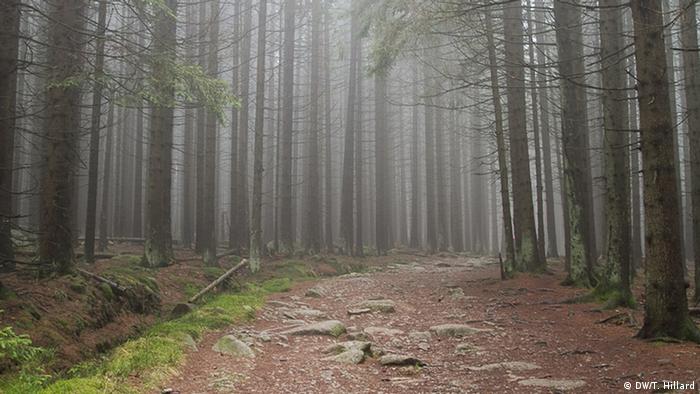
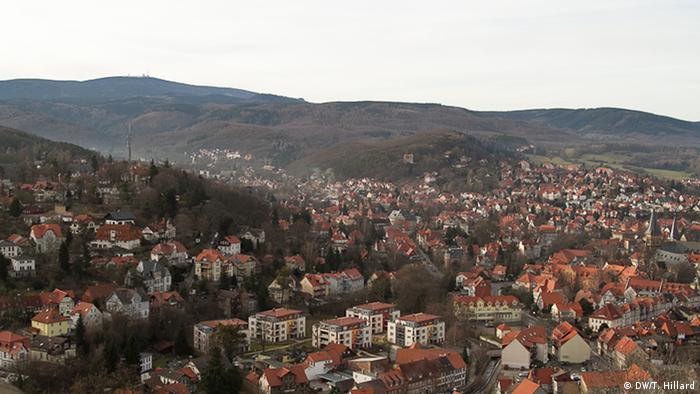
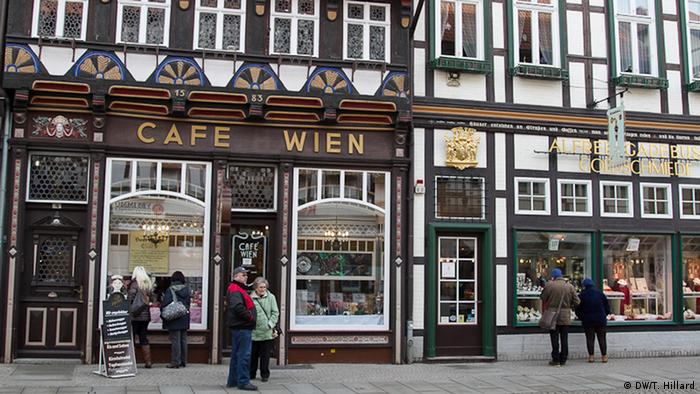
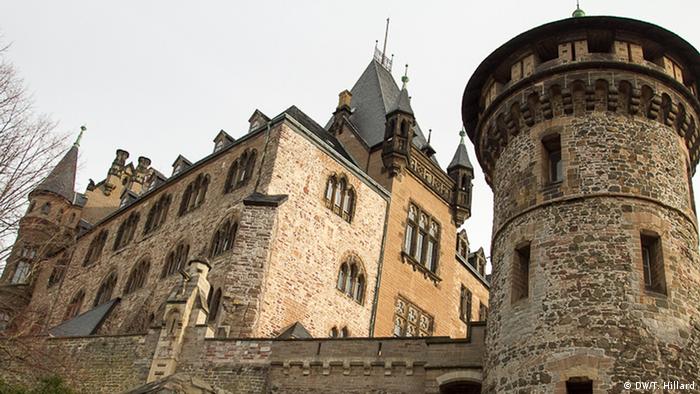
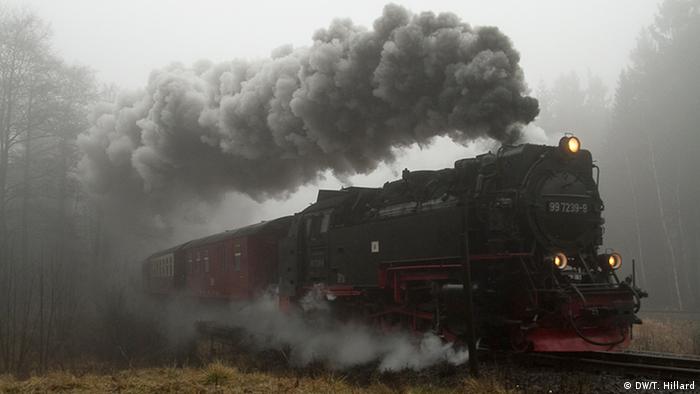
Als ein Geschichte-Liebhaber, ich will besuchen.
ReplyDeleteScheint wie eine große touristische Attraktion!
ReplyDeleteI love this! Now only if they served Butterbear instead of Wheat Beer! ( ͡° ͜ʖ ͡°)
ReplyDeleteThis sounds like a very cool place to visit. I will keep it in mind if I'm to visit Germany.
ReplyDelete